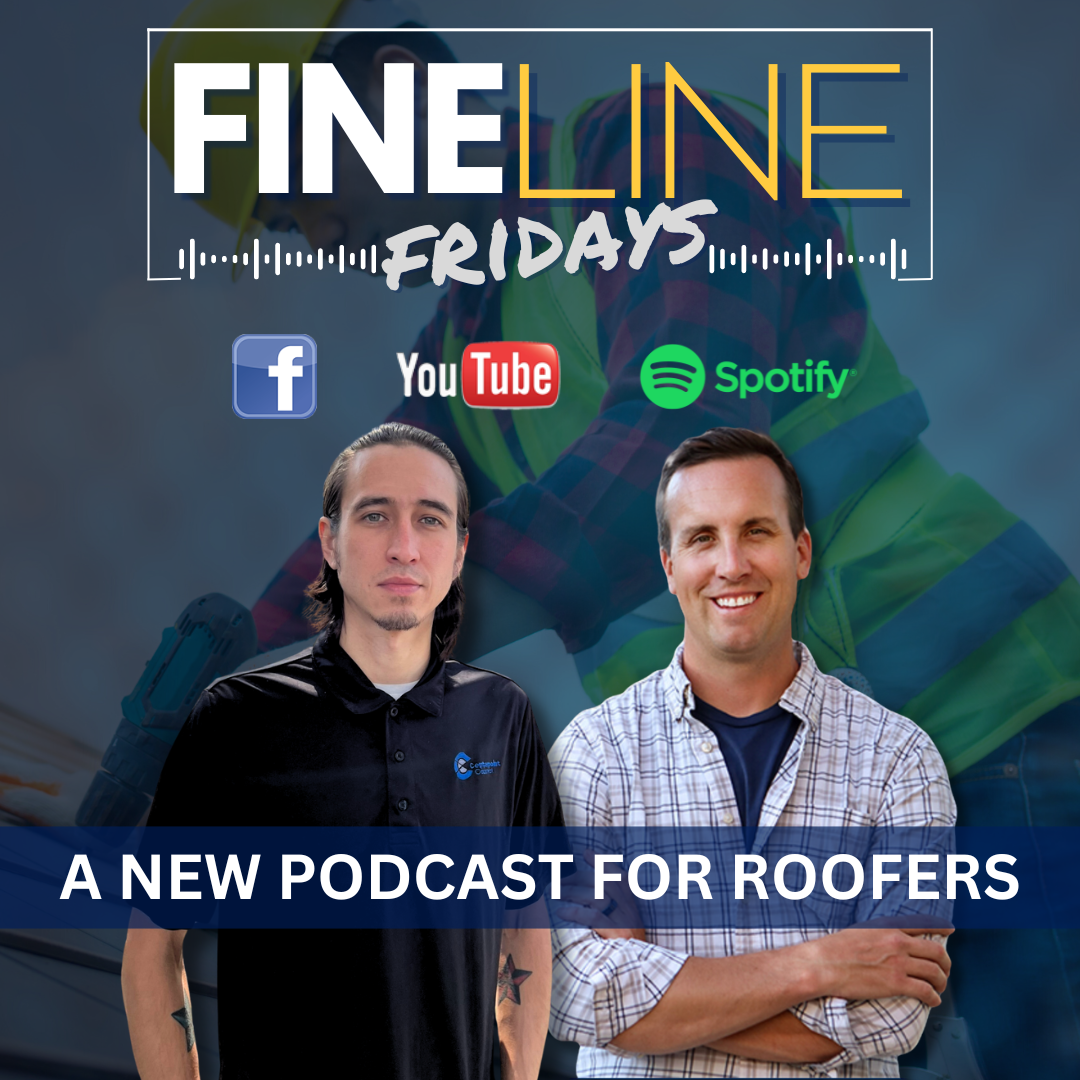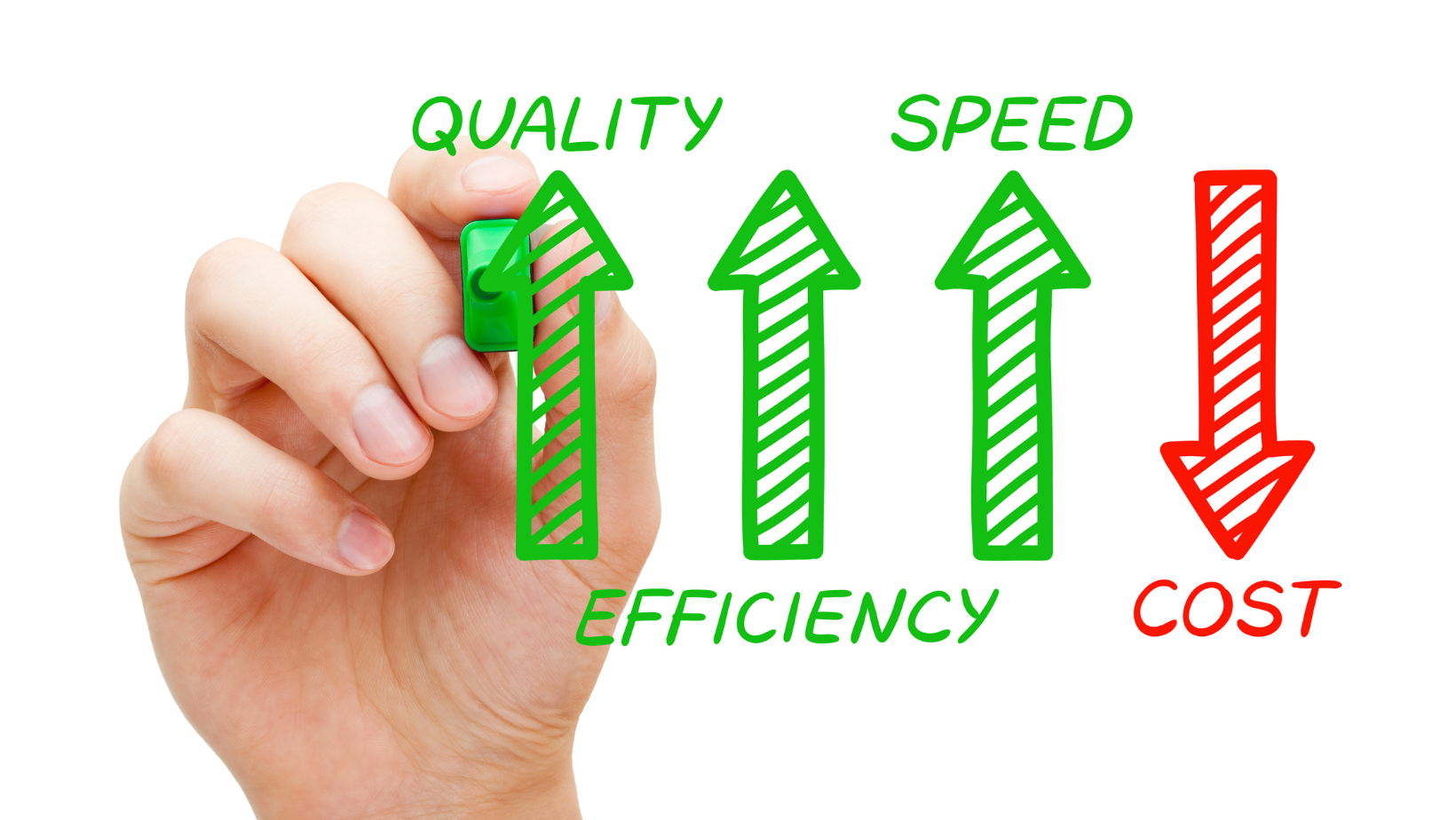Top 4: Sustainable Products that a Roofing Contractor Can Implement NOW!
Sustainable Products provide environmental, social and economic benefits while protecting public health and the environment.
Performance: These products are based upon a planned event and planned services.
Features:
- The Client may receive government incentives to install product/use product.
- The Client may be required by a government regulatory agency to use the product (reflective roofs)
- The Client may receive “good” public relations by utilizing the products.
Reliability: Scheduled work. Reliable due to the standardization of the products through your company.
Conformance: Product will meet specifications if completed through research, planning and perhaps engineering.
Durability: Each product has its own life cycle.
Serviceability: Capacity will not be an issue because it is a planned event and is scalable. Some of the Products may require Construction Operations due to the size of the project to successfully complete. Most of these products will require Project Management.
Esthetics: The product is subjective.
Perceived Quality: Pricing is created by specific product and Client request (scope of work).
Sustainable Products are the following:
1. Coating Solutions – Urban heat island “effect” occurs within cities when non-reflective roofs near dark paved hardscape surfaces absorb and hold heat from the sun allowing an accelerated heat build-up within the community. As a result, city environments can be 8 to 12 degrees warmer than surrounding rural areas with their cool “non-heat absorbing” surfaces. Use of cool roofs and pavements, reflective glass and green landscaping (including green roofs) can significantly minimize this effect and add to the overall “cool wellness” of the community in which we all live and work. Roofing materials that have high solar reflectance and high thermal emittance are referred to as “cool” roofing materials.
- Special Features:
- Lower roof surface temperatures may reduce the total cooling load on the building resulting in a lessor peak electrical demand.
- Lowing roof surface temperatures will enhance the durability of a roof and substantially improve the longevity (life) of a roof.
- Lower roof surface temperature will increase the overall efficiency of the roof “system” itself.
- Lower roof temperatures mean a reduction in air-conditioning loading requirements. Reduced HVAC cost (Equipment & Usage)
- PRICE: Determined from Scope of Work
2. Daylighting Solutions – Daylighting can replace electric lighting 70 to 80% of the daylight hours while producing much less heat than electric lighting. By cutting demand for energy production, daylighting reduces greenhouse gases and the pollution of water and air – the by-products of generating electricity. Daylighting may involve the installation of new skylights or replacement of existing skylights with improved technology skylights.
- Special Features:
- Improve employee morale.
- Reduce absenteeism.
- Reduce errors.
- Improve product quality.
- Increase productivity.
- PRICE: Determined from Scope of Work
3. Energy Savings Analysis – Energy analysis determines overall R-values of Roof Assemblies and estimates heating and cooling costs. For a Reroof option, roof assemblies can be compared for the advantages of heating and cooling cost savings that may be possible because of increased R-Value. Buildings Climatic Region, Heating and Cooling Appliance Type, Energy Costs and Roof Area Dimensions are evaluated as baseline data for cost saving formulas. Roof Assembly Configurations components are reviewed to determine R-Value. Results are estimates based on recognized engineering principles. Actual Energy costs and savings are based on multiple factors, including actual building operation, and interior and exterior temperature conditions. Your analysis evaluates a building’s roof assembly and does not consider other building envelope components, such as walls, windows, and doors, which can be large overall contributors to heating and cooling losses, and overall building costs.
- PRICE: Either Value Add or Determined from Scope of Work to produce report.
4. Vegetative Roof Maintenance – Inspections under a PM program and review of the plant material may be required. Under drought or severe winter conditions, plant material may die and need to be replaced. You will subcontract with a nursery company to assist in maintaining the lush rooftop. The maintenance allows for continuing the benefits of the installed Garden Roof.
- PRICE: Determined from PM program pricing plus additional extra fees for garden review. Garden maintenance of replanting would need to be determined based upon review and negotiations with nursery subcontractors on their fee structure, which would be passed on in the same method to the Client with a percentage for overhead included. Ensure that your personnel are on the roof with nursery personnel for safety precautions, awareness and any roof perimeter warning lines, etc.
| Sustainable Products | |
| Selling Points: Benefits | Objections or Challenges |
|
|






